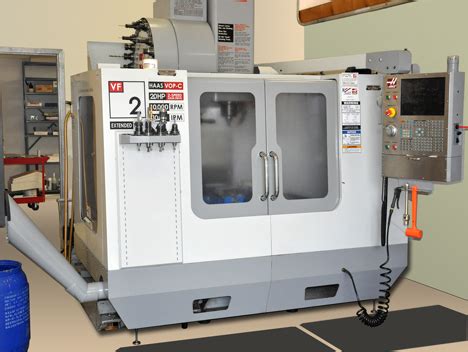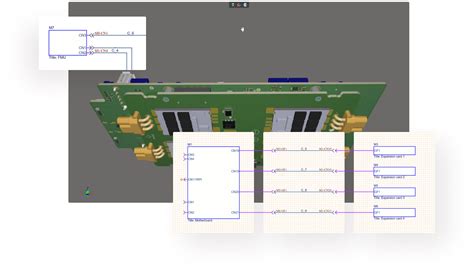High Quality PCB Boards: Precision Engineering for Reliable Performance
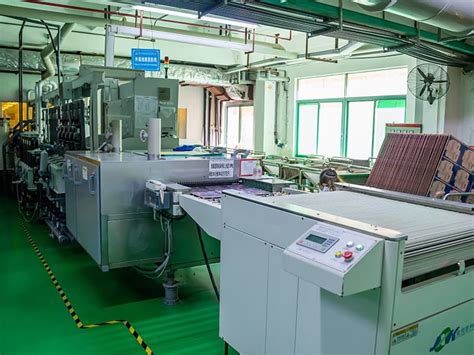
Key Takeaways
When evaluating PCB manufacturing options, understanding core value drivers helps you make informed decisions. Leading PCB manufacturing companies prioritize material integrity and precision etching to ensure boards meet aerospace or medical-grade requirements. While PCB manufacturing cost often correlates with quality, optimizing design complexity can balance expenses without compromising reliability.
For example, consider these critical factors when selecting a partner:
| Factor | Impact on Quality | Cost Consideration |
|---|---|---|
| Material Grade | High-frequency laminates reduce signal loss | Upfront cost vs. long-term reliability |
| Layer Alignment | Tighter tolerances prevent errors | Requires advanced equipment |
| Testing Protocols | 100% electrical testing minimizes defects | Adds 10-15% to baseline cost |
"Choosing a PCB manufacturing business with ISO 9001 certification isn’t just about compliance—it’s about traceability at every production stage," notes an industry whitepaper.
You’ll want suppliers that transparently break down PCB manufacturing cost components, from raw materials to final inspection. Prioritize partners offering design-for-manufacturability (DFM) feedback, as this reduces revisions and accelerates time-to-market. Whether prototyping or scaling, aligning your needs with a manufacturer’s core competencies ensures consistent performance across mission-critical applications.
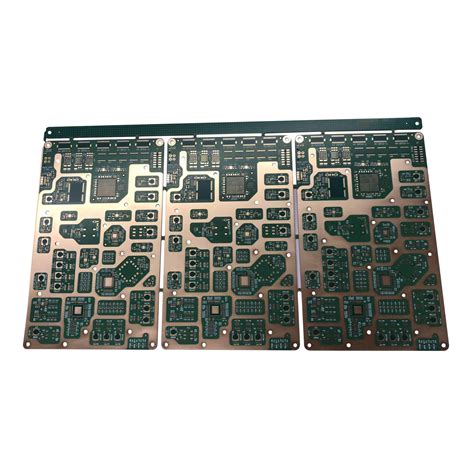
High-Quality PCB Manufacturing Processes Explained
When you partner with PCB manufacturing companies, you gain access to processes that blend precision engineering with rigorous quality protocols. Modern PCB manufacturing begins with advanced design validation, ensuring your board’s layout meets exact electrical and thermal requirements. Automated optical inspection (AOI) systems then scan layers for micro-defects, while controlled impedance testing guarantees signal integrity—critical for high-frequency applications.
Material selection plays a pivotal role in managing PCB manufacturing cost without compromising performance. Top-tier fabricators use FR-4, polyimide, or ceramic substrates tailored to your project’s durability needs. Lamination processes, executed in dust-free environments, prevent delamination risks, and laser drilling achieves micron-level accuracy for densely packed circuits.
For businesses scaling a PCB manufacturing business, streamlining workflows—from panelization to surface finishing—reduces waste and accelerates turnaround. Techniques like ENIG (Electroless Nickel Immersion Gold) or HASL (Hot Air Solder Leveling) ensure solderability, while final electrical testing validates functionality under real-world conditions. By balancing precision with cost-efficiency, these processes deliver boards that meet aerospace, medical, and industrial demands, aligning with your reliability goals.
Ensuring Reliability Through Advanced PCB Design
When building electronic systems that demand unwavering performance, PCB manufacturing begins with precision-driven design principles. Advanced computer-aided design (CAD) tools enable engineers to optimize trace routing, minimize signal interference, and manage thermal loads—all critical factors in preventing field failures. Leading PCB manufacturing companies integrate simulation software to predict stress points and validate designs under real-world conditions, ensuring boards withstand vibrations, temperature fluctuations, and prolonged operational cycles.
A key consideration is balancing PCB manufacturing cost with long-term reliability. While high-density interconnect (HDI) designs or embedded components may raise initial expenses, they reduce the risk of costly recalls in aerospace or medical devices. By collaborating with experienced PCB manufacturing business partners, you gain access to design-for-manufacturability (DFM) insights that eliminate production bottlenecks and material mismatches. This synergy between design rigor and fabrication expertise ensures your boards meet industry-specific certifications without compromising scalability or performance thresholds.
Critical Applications of High-Performance PCBs
When designing systems where failure is not an option, high-quality PCB boards become the backbone of operational integrity. In aerospace, mission-critical avionics rely on PCB manufacturing processes that guarantee resistance to extreme temperatures and vibrations. Medical devices—such as implantable cardiac monitors or imaging equipment—demand zero-error circuitry, pushing PCB manufacturing companies to adopt advanced quality control protocols. Industrial automation systems, too, depend on durable boards capable of withstanding harsh environments while maintaining signal accuracy.
Balancing PCB manufacturing cost with performance requirements is essential here. For instance, aerospace applications may prioritize specialized materials over budget constraints, while consumer electronics focus on scalable solutions. This balance influences how PCB manufacturing business models cater to niche markets versus high-volume production. Whether it’s ensuring signal integrity in 5G infrastructure or enabling real-time data processing in autonomous vehicles, the right fabrication approach directly impacts reliability. By understanding these demands, you can align your project’s needs with manufacturers capable of delivering boards that meet industry-specific certifications and performance benchmarks.
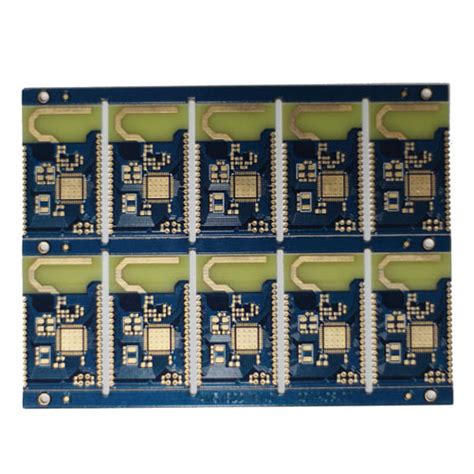
Material Selection for Durable Circuit Boards
When designing robust printed circuit boards, your choice of materials directly impacts performance and longevity. Leading PCB manufacturing companies prioritize substrates like FR-4 epoxy laminates or polyimide films for their thermal stability and mechanical strength, particularly in environments with extreme temperatures or vibrations. For high-frequency applications, low-loss dielectrics such as Rogers materials minimize signal distortion, while heavy copper-clad boards enhance current-carrying capacity in power electronics.
Balancing PCB manufacturing cost with durability requires understanding your application’s demands. Industrial systems, for instance, often demand ceramic-filled PTFE composites to resist chemical exposure, whereas aerospace-grade boards may use specialized alloys for weight reduction. Reputable manufacturers optimize material stacks to align with your project’s electrical, thermal, and mechanical thresholds without overengineering.
The PCB manufacturing business thrives on precision—every layer’s thickness, copper weight, and solder mask type must meet exact specifications. Advanced adhesives and surface finishes like ENIG (Electroless Nickel Immersion Gold) further prevent oxidation, ensuring decades of reliable operation. By collaborating closely with fabricators during the design phase, you secure materials that withstand stress while keeping production timelines and budgets efficient—a critical step before rigorous quality control protocols.
Quality Control Standards in PCB Production
When sourcing PCB manufacturing services, understanding how PCB manufacturing companies enforce rigorous quality protocols ensures your boards meet exacting requirements. Advanced inspection systems, such as automated optical inspection (AOI) and X-ray imaging, scan for micro-defects like soldering voids or trace misalignments—critical for applications where failure isn’t an option. To minimize PCB manufacturing cost while maintaining reliability, leading providers adhere to international standards like IPC-A-600 and ISO 9001, which mandate precise material verification and process documentation.
You’ll find that traceability is prioritized, with batch-specific records tracking components from raw materials to final assembly. This not only safeguards against counterfeit parts but also streamlines troubleshooting if issues arise post-production. Environmental stress testing—thermal cycling, vibration, and humidity exposure—validates durability, particularly for PCB manufacturing business clients in aerospace or medical sectors. By aligning with certified partners, you ensure every layer, from substrate to solder mask, undergoes systematic validation, balancing performance with cost efficiency.
Transitioning to the next phase, these protocols directly influence testing methodologies, which we’ll explore in detail later. For now, recognize that robust quality frameworks are non-negotiable for achieving consistent results in high-stakes environments.
Comparing Domestic vs Overseas PCB Fabrication
When deciding between PCB manufacturing partners, you’ll face trade-offs between domestic and overseas suppliers. Domestic PCB manufacturing companies often provide tighter quality control and faster turnaround, critical for prototyping or low-volume runs requiring rapid iteration. However, overseas facilities might lower PCB manufacturing cost for high-volume orders due to economies of scale and reduced labor expenses.
Geographic proximity allows domestic suppliers to align closely with your design team, simplifying communication for complex layouts or last-minute adjustments. Overseas partners, while cost-effective, may introduce risks like shipping delays or language barriers, particularly when specifying tolerances or material certifications. For industries like aerospace or medical devices, domestic fabrication ensures compliance with region-specific standards (e.g., IPC Class 3 or MIL-PRF-31032), reducing compliance hurdles.
Still, global PCB manufacturing business ecosystems offer specialized expertise—Asian suppliers, for instance, dominate advanced HDI or flex PCB production. To optimize costs without sacrificing reliability, many firms adopt a hybrid approach: using overseas partners for standardized high-volume boards while reserving domestic capacity for mission-critical designs. Your choice ultimately hinges on balancing PCB manufacturing cost, lead time, and risk tolerance for your project’s unique demands.
PCB Testing Protocols for Optimal Functionality
To ensure your PCB manufacturing process delivers boards that meet mission-critical demands, rigorous testing protocols are non-negotiable. Reputable PCB manufacturing companies implement automated optical inspection (AOI) to scan for soldering defects and layer misalignments, while X-ray testing verifies internal via integrity—key for multilayer designs. Functional testing then simulates real-world operating conditions, stress-testing power distribution and signal integrity under varying loads.
Balancing PCB manufacturing cost with quality requires strategic choices. While advanced protocols like boundary scan testing add upfront expenses, they minimize field failures that escalate long-term costs. For PCB manufacturing businesses, integrating environmental stress screening (ESS)—exposing boards to extreme temperatures and humidity—ensures resilience in aerospace or medical applications. Transitioning between design validation and mass production? In-circuit testing (ICT) checks individual component performance, acting as a final safeguard before assembly.
By aligning these protocols with industry standards like IPC-6012, you maintain consistency across batches while addressing latent defects that visual inspections might miss. Whether prototyping or scaling, prioritizing comprehensive testing ensures your boards perform reliably—no matter the application’s demands.
Cost-Effective Solutions for Precision PCB Assembly
When balancing performance and affordability in PCB manufacturing, selecting the right partner is crucial. Leading PCB manufacturing companies leverage advanced technologies like automated optical inspection (AOI) and surface-mount technology (SMT) to minimize errors while optimizing PCB manufacturing cost. By collaborating with suppliers that prioritize design-for-manufacturability (DFM) principles, you can reduce material waste and streamline assembly workflows without compromising precision.
Another strategy involves evaluating economies of scale—partnering with a PCB manufacturing business that offers volume discounts or shared tooling programs can significantly lower per-unit expenses. For prototypes or low-volume runs, modular panel designs or standardized component libraries help avoid custom tooling fees. Additionally, hybrid approaches—combining automated assembly for high-volume components with manual placement for specialized parts—ensure cost efficiency while maintaining tight tolerances.
To further control costs, consider suppliers with transparent pricing models that break down material sourcing, labor, and testing expenses. Advanced PCB manufacturing firms often employ predictive analytics to identify potential bottlenecks early, reducing rework risks. By aligning your project’s requirements with a manufacturer’s core capabilities, you achieve reliable performance without overspending—a critical balance for industries demanding both precision and budget adherence.

Conclusion
When selecting partners for PCB manufacturing, you’ll want to prioritize PCB manufacturing companies that balance technical expertise with rigorous quality assurance. While PCB manufacturing cost remains a critical factor, compromising on material integrity or fabrication standards often leads to higher long-term expenses—especially in aerospace or medical systems where failure is not an option. A well-structured PCB manufacturing business focuses on durability and precision engineering, leveraging advanced testing protocols to ensure boards withstand extreme conditions.
Your final decision should align with both performance requirements and budget constraints, whether sourcing domestically or overseas. By understanding how design choices impact PCB manufacturing costs—and how quality controls mitigate risks—you’re better equipped to source boards that deliver reliable functionality across industrial, automotive, or telecommunications applications. Always verify certifications and traceability measures, as these reflect a manufacturer’s commitment to meeting global standards for high-stakes environments.
FAQs
How do you identify reliable PCB manufacturing companies?
Look for certifications like ISO 9001 and IPC-A-600, which validate adherence to high-quality PCB manufacturing processes. Companies with expertise in your industry (e.g., aerospace or medical) often provide better-tailored solutions.
What drives PCB manufacturing cost variations?
Factors include material grades, layer count, and production volume. Advanced requirements like impedance control or HDI designs may increase PCB manufacturing cost, but bulk orders often reduce per-unit expenses.
Why does material selection matter for durable circuit boards?
Materials like FR-4 or polyimide determine thermal stability and signal integrity. Partnering with PCB manufacturing businesses that prioritize premium substrates ensures longevity in harsh environments.
How do quality standards affect PCB production reliability?
Rigorous testing—such as AOI and X-ray inspection—ensures compliance with quality control standards. This minimizes defects, especially for applications demanding mission-critical performance.
Is domestic or overseas PCB fabrication more cost-effective?
Domestic PCB manufacturing offers faster turnaround and easier communication, while overseas options may lower costs. Evaluate lead times and quality guarantees based on your project’s priorities.
Explore Premium PCB Manufacturing Solutions
For tailored high-quality PCB boards, please click here to connect with experts who optimize design, cost, and performance.



